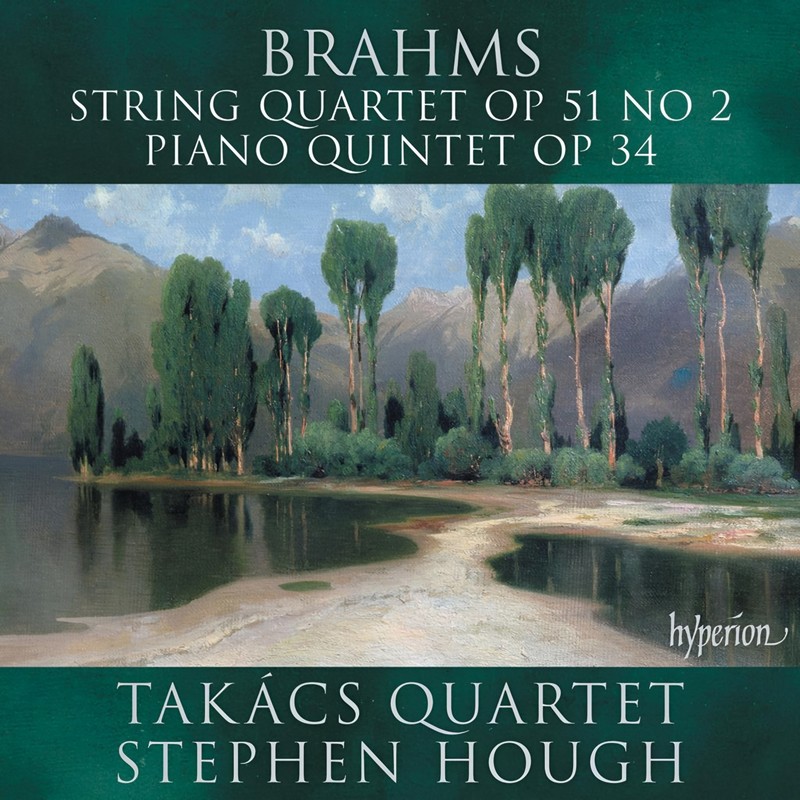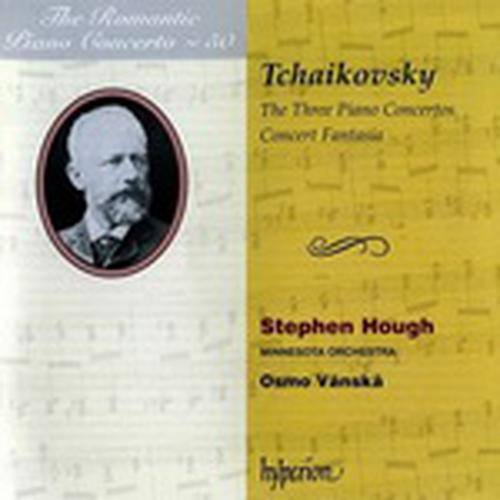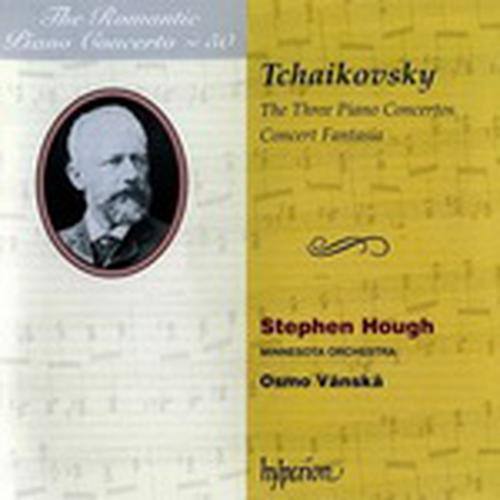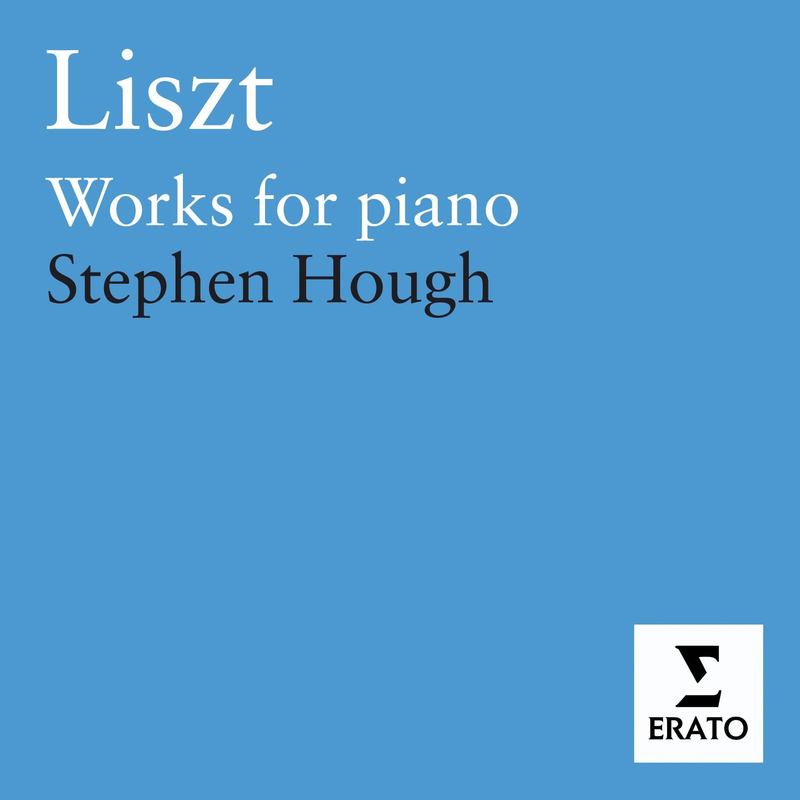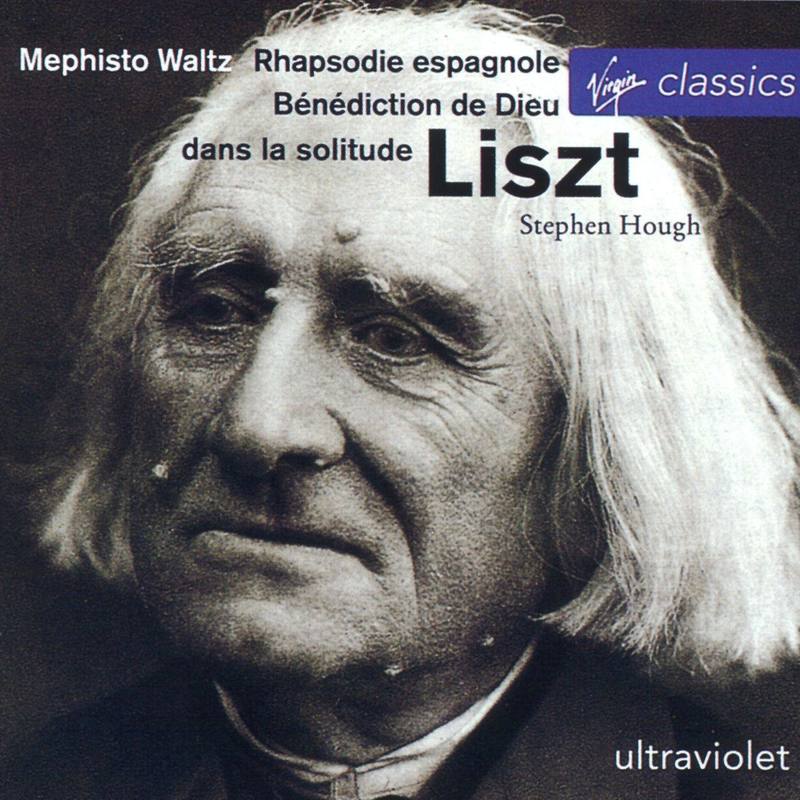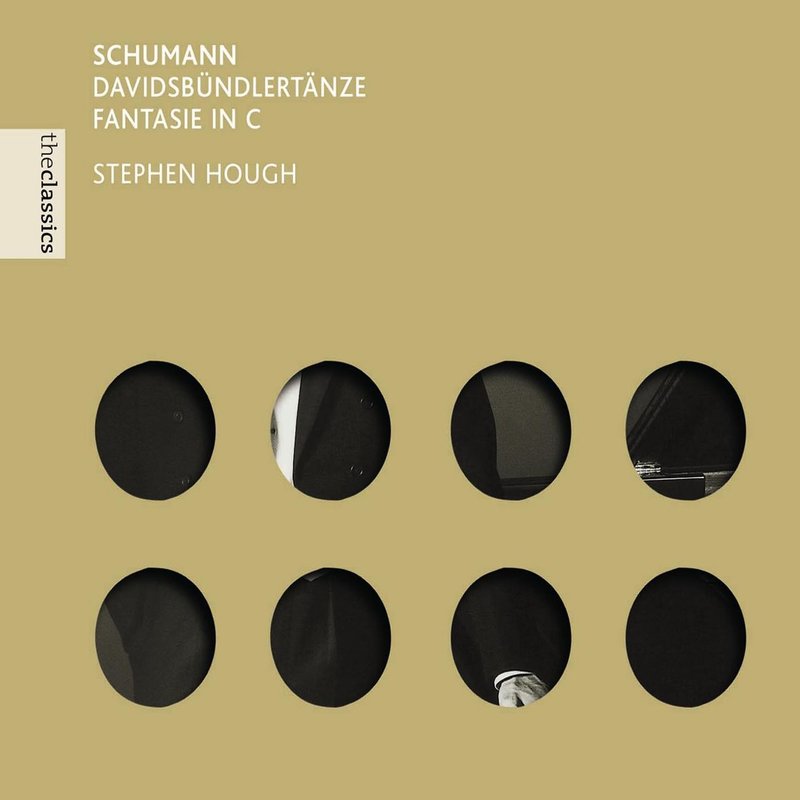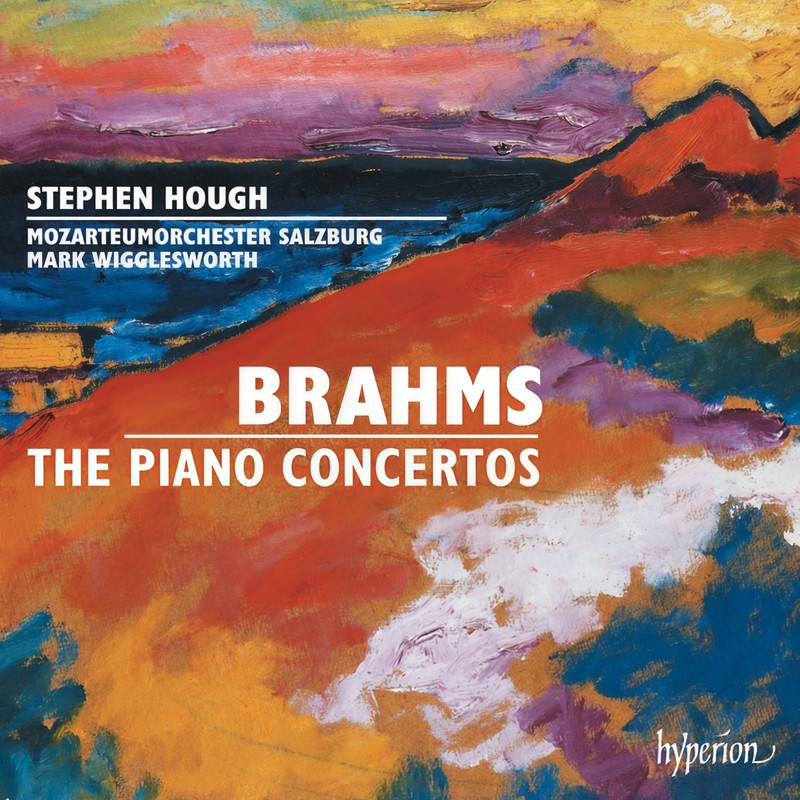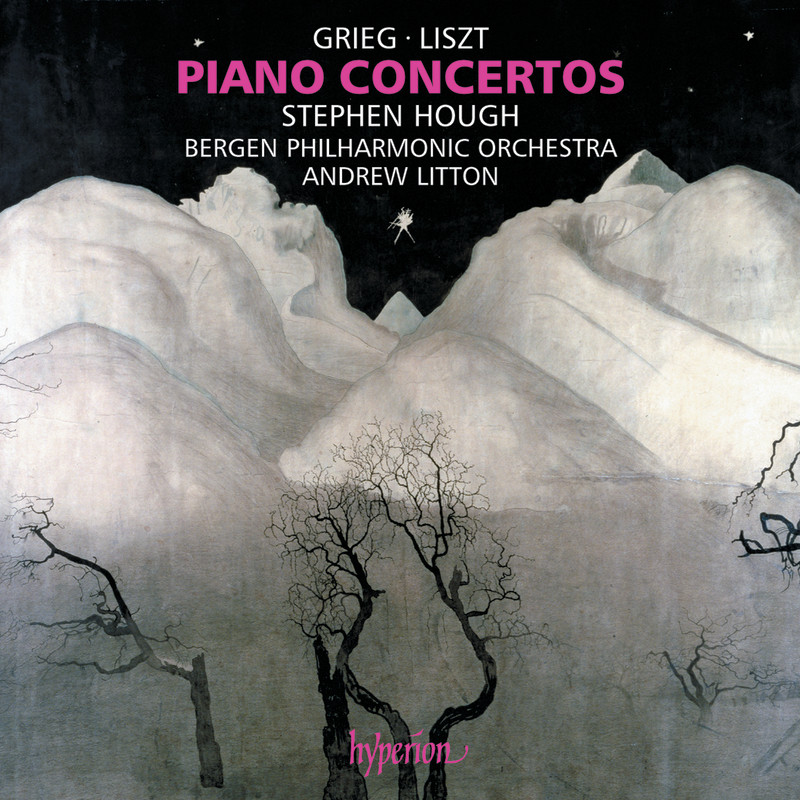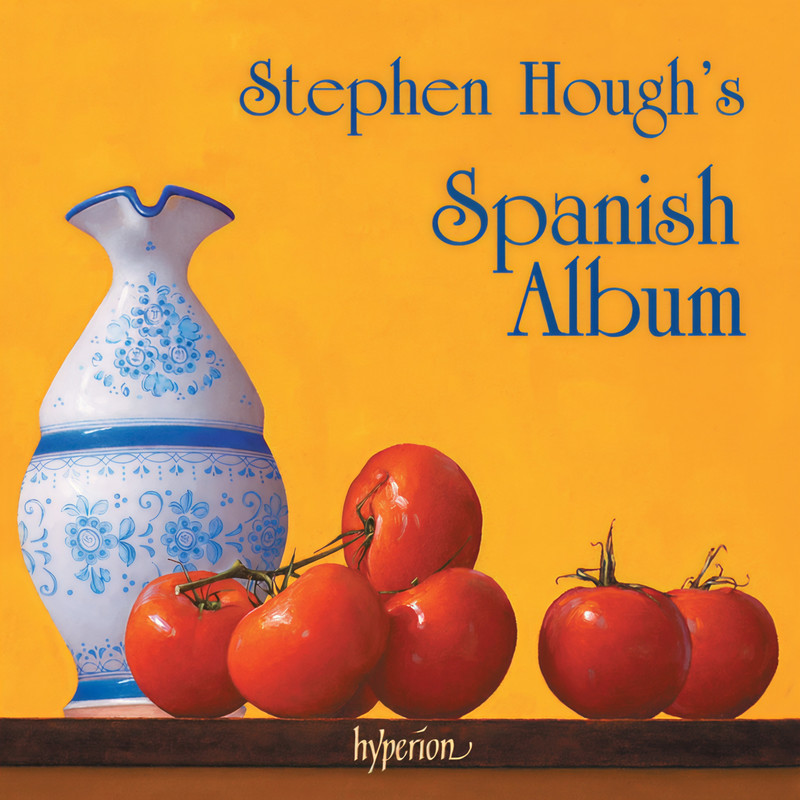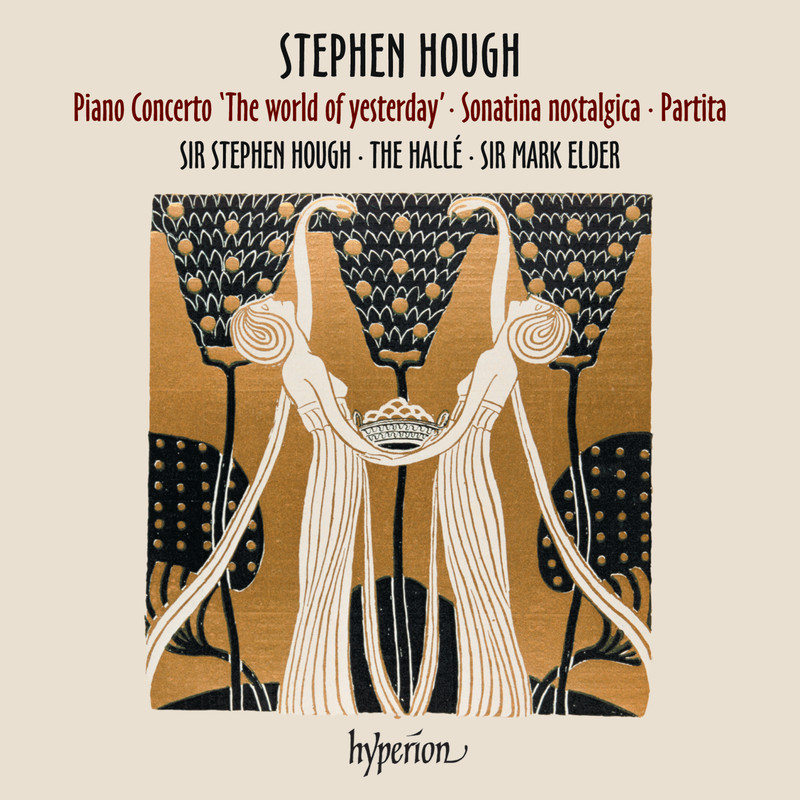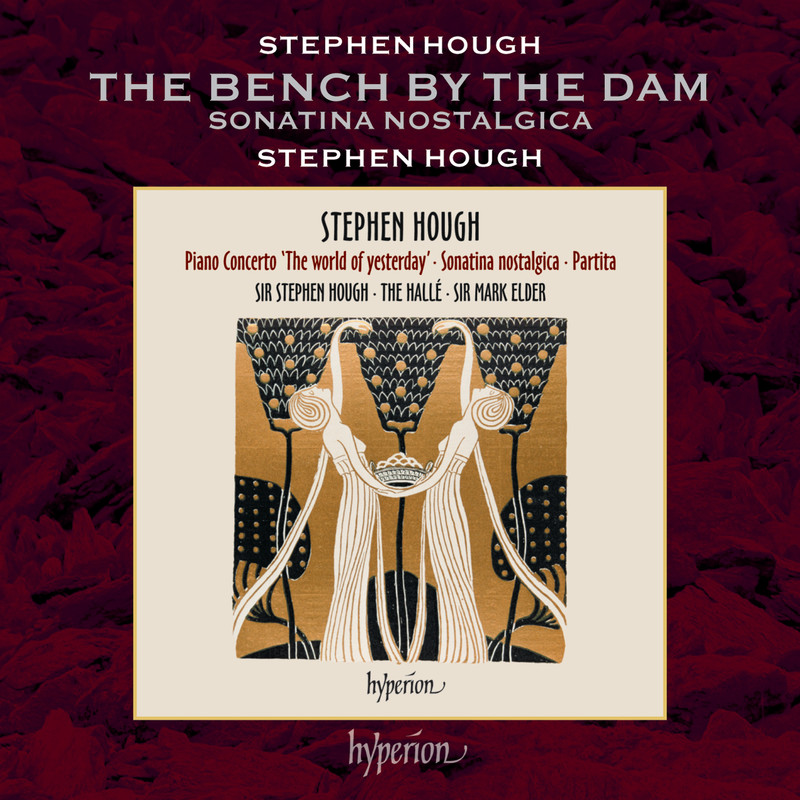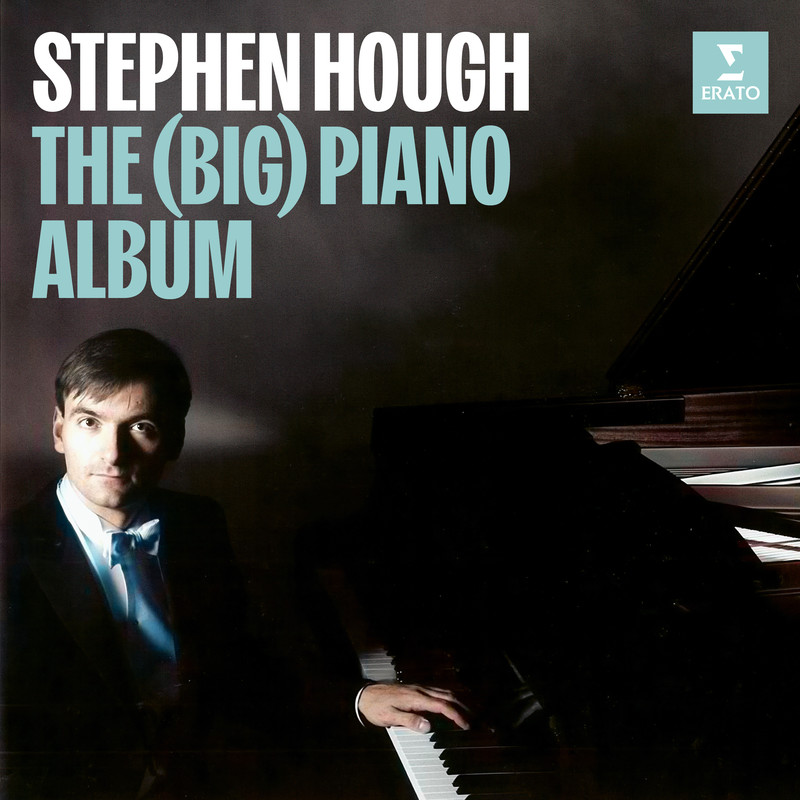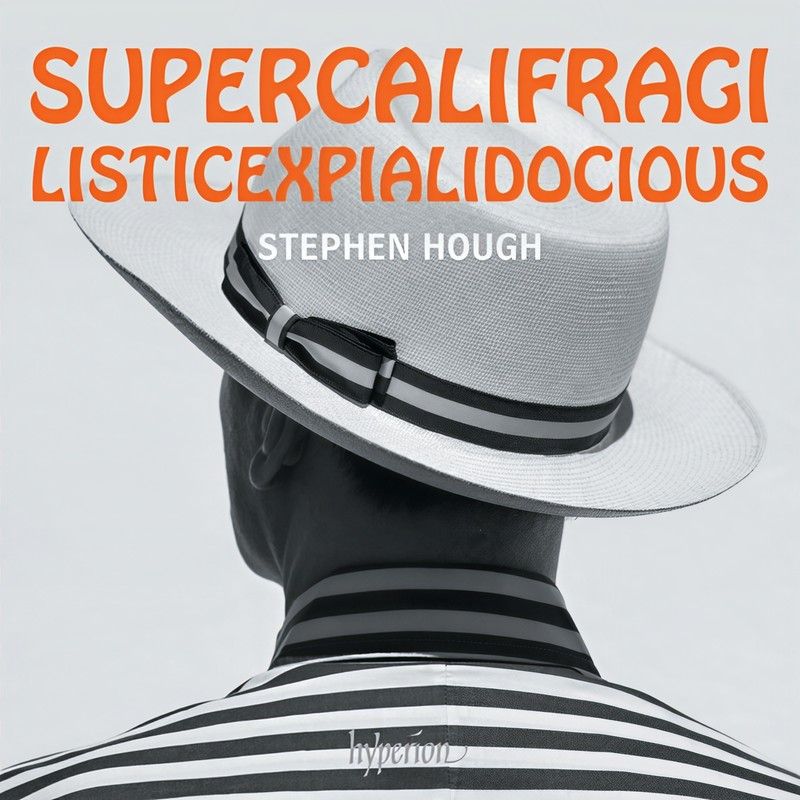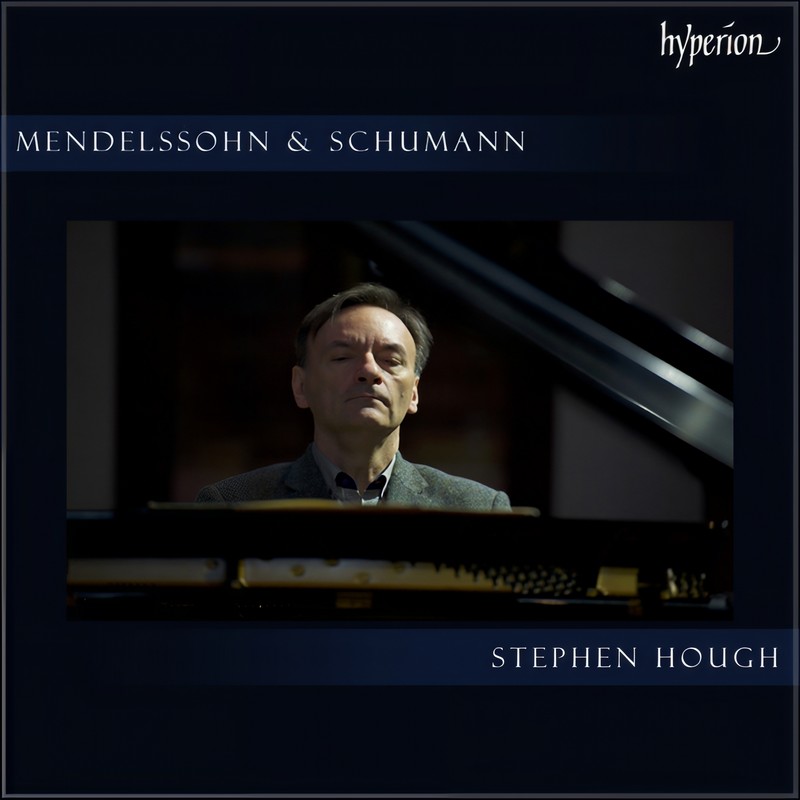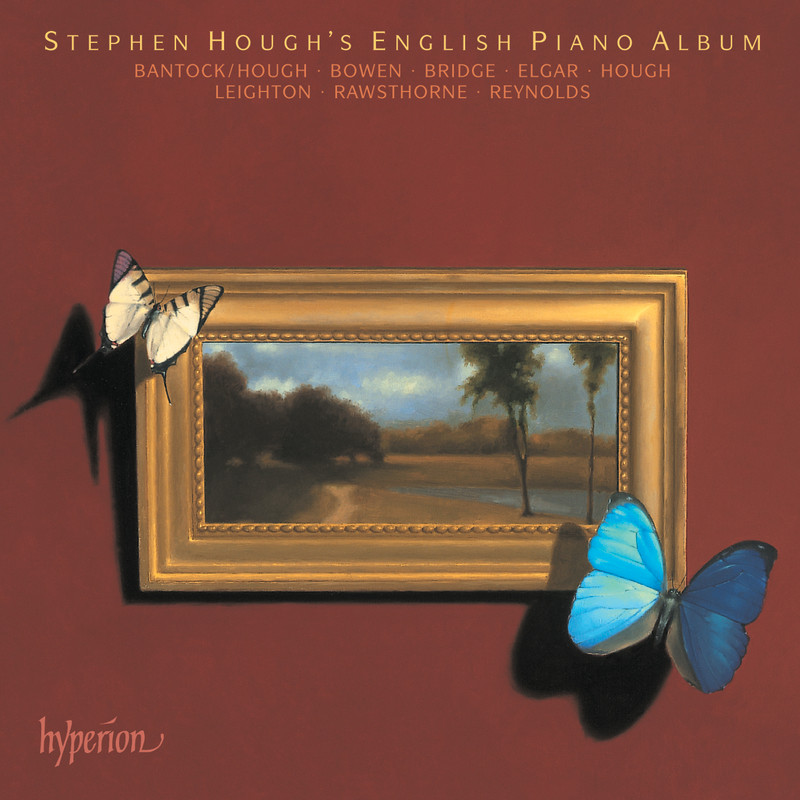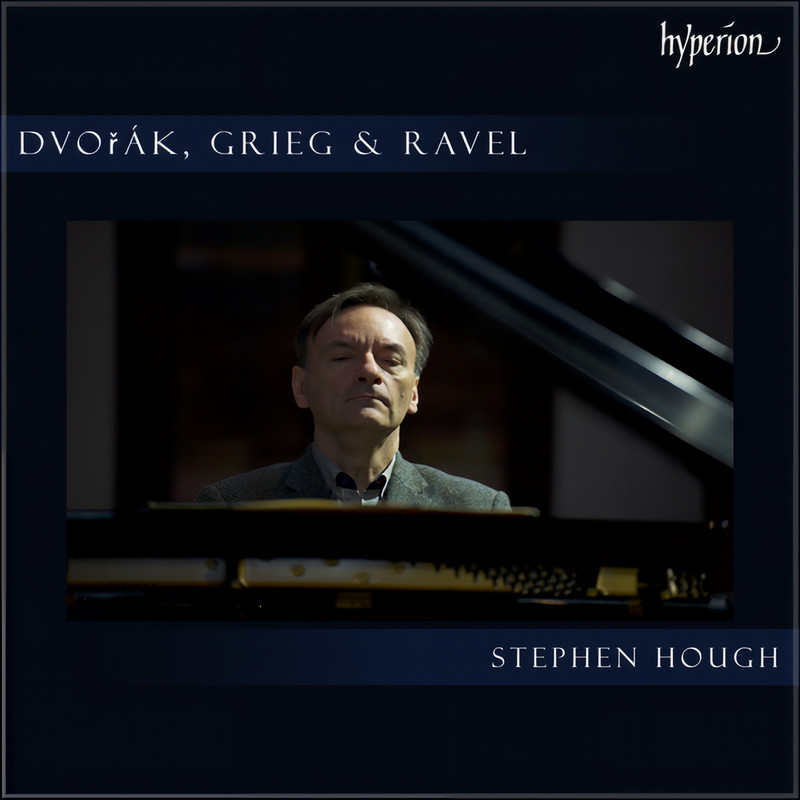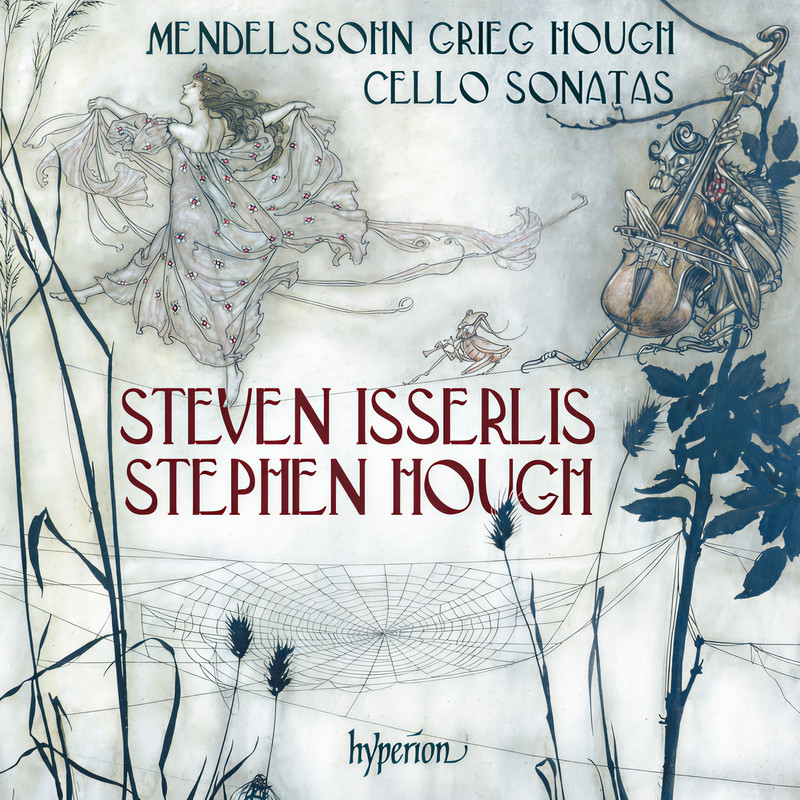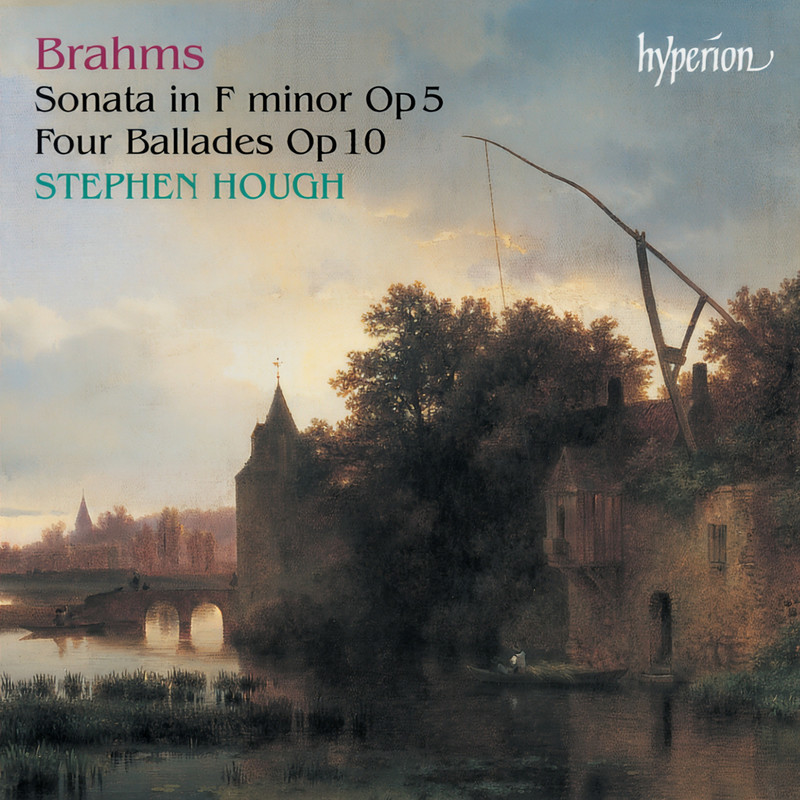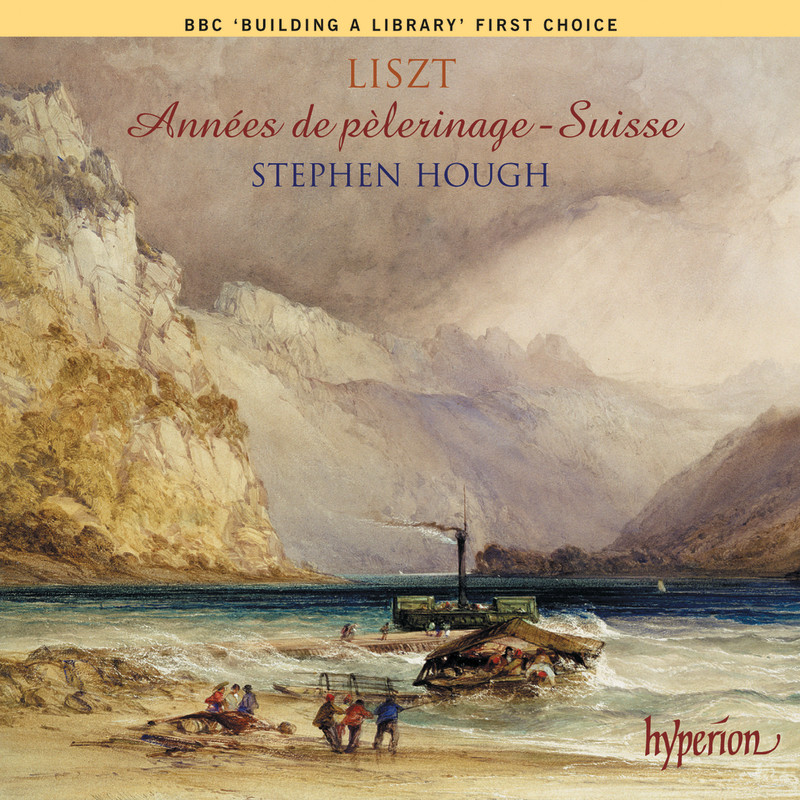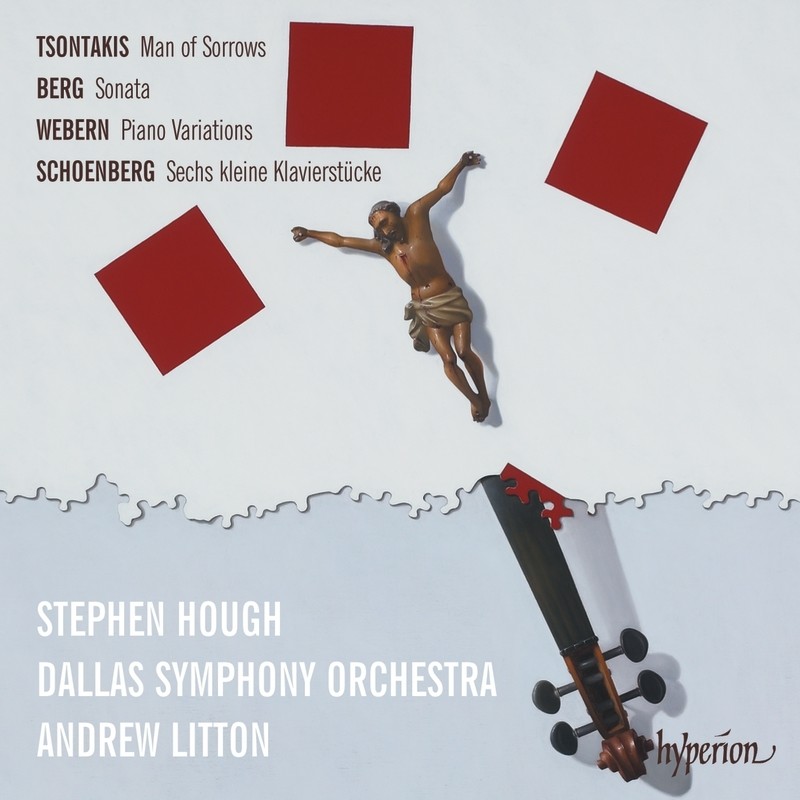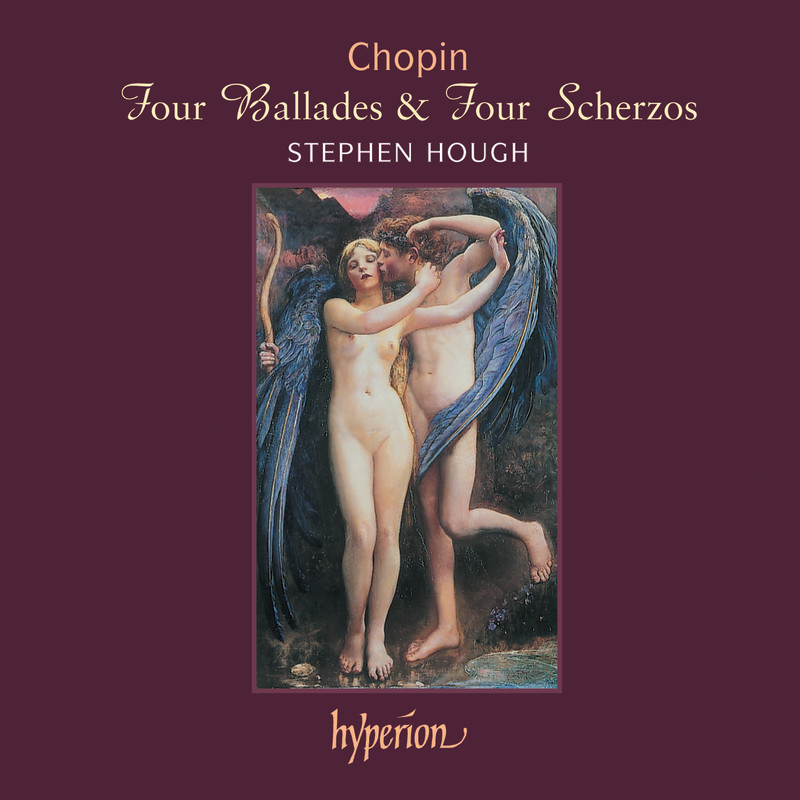
Chopin: 4 Ballades & 4 Scherzos
Stephen Hough
2004-02-01
专辑简介
Here is some of the finest piano music to have come out of the nineteenth century. Chopin’s Ballades and Scherzos are individual creations of extraordinary expressive range and daring originality; they are among the most taxing works of the piano repertoire, as much for their interpretative challenges as their formidable technical ones.
This recording finds Stephen Hough on top form. He has performed these works in concert for many years, and with his dazzling pianism, penetrating intellect, beauty of sound and clarity of line, he is superbly equipped for this music. Unusually, Hough alternates the Ballades and Scherzos, as he feels that this sequence gives us a closer sense of continuous and unfolding musical biography, and that by dispensing with the cycle format the listener is enabled to hear each piece as an individual entity—as eight startlingly original and unique works.
A truly memorable disc, one surely set to become a top recommendation.
Chopin is a classic figure of romance, a French Pole exiled from a martyred country and a man whose piquantly obscure love life attracted the creators of sugar-coated fiction, a revolutionary yet a stickler for convention and a realist who, to quote his own words, was a dreamer in ‘strange spaces’. Chopin despised disorder and felt that ‘the best things are those in which the first thoughts of inspiration are not spoiled by later reflection’. Most romantic of all, Chopin created a spiritualized conception of his native Poland, writing her tragic and tangled history with an elegance, passion, glamour and strength that made country and composer synonymous. Also, no other composer devoted himself so whole-heartedly to a single instrument, saying ‘the piano is my solid ground, on that I stand the straightest’. Chopin was no jack-of-all trades, but a master of one.
Chopin’s Four Ballades are products of his maturity and have understandably been called ‘the finest and most original of all his creations’. Composed in 1831–5, 1835–9, 1840–41 and 1842 respectively the Ballades extend from Chopin’s early years as a restless émigré to the golden if tarnished summers spent in Nohant with his mistress, George Sand.
All four works are united by their use of compound duple time and by subtly or boldly contrasting first and second subjects, yet unlike the 24 Preludes, for example, the Ballades are individual creations ungathered beneath a single opus and ungoverned by any overall unity of statement. Their title, too, meant that Chopin could free himself from classical restraint and, while occasionally reminding us of rondo, sonata or variation form, resolve the most inflexible academic considerations into an audaciously turbulent and liberated poetry. Few compositions show such a romantic yet supremely disciplined imagination and it is significant that Chopin created a novel genre for a no less novel form of expression.
According to Schumann at least two of the Ballades (Nos 2 and 3) were inspired by the nationalist poetry of Chopin’s compatriot Adam Mickiewicz. But Schumann’s assumption that the Ballades are programmatic is misleading. Chopin was patriotic but he was hardly a conscious propagandist, and whatever relation the Third Ballade, for example, has to Mickiewicz’s ‘Undine’ is general rather than exact. Chopin’s genius could be prompted but hardly contained by such a specific source.
The limitation of such literary parallels is immediately apparent at the start of the First Ballade. Remarkable when first written, the opening musical arch seems scarcely less original today. The rapid loss of confidence after such a resplendent introduction and the transformation of the subdued first and second subjects into outbursts of passionate declamation and song could never be reduced to a satisfying verbal equivalent, however subtle or distinguished. The cadences which conclude each phrase of the first subject are left unresolved and it takes a lengthy and agitated elaboration to resolve such unease in the assuaging second subject in E flat major. However, the music remains pensive and wistful, and only a further and triumphant shift into A major fully erases all doubts and questions. Blazing octaves lead to a capricious waltz-like variation, mischievously spiced and syncopated before a sudden descent returns us to both the principal subjects. These culminate in a coda introduced Il più forte possibile and marked Presto con fuoco. Ricocheting figuration leads to boiling scales and dramatic, recitative-like interjections before a plunge reinforced with grace notes and a mixture of contrary motion and unison octaves.
The Second Ballade is dedicated to Schumann and its violently opposed first and second subjects could hardly have been excelled by that master of vivid contrasts. The opening quaver crotchet rhythm establishes the basic compound duple time, but the music’s deceptively placid progress is enlivened by syncopation and several surprise turns, a remarkable instance of simplicity without monotony. The subsequent tornado (sufficiently sudden to encourage all lovers of programme music) subsides, and a series of left-hand scales gradually calms the fury of this wintry blast. The principal subject returns and after a brooding development and a passage of great improvisatory daring the second subject’s violence is once more unleashed. Insistent tremolandi and trills announce a coda whose percussive force looks ahead towards the twentieth century and to the caustic brilliance of Prokofiev. Chopin, however, reserves his masterstroke for the final bars where the opening theme reappears plaintif and resigned in A minor, its original and, in retrospect, naive optimism defeated.
After such despondency the Third Ballade seems positively light-hearted. Based on two principal motives contained in the opening bars Chopin’s free-wheeling style once more thinly disguises a remarkable coherence, balance and symmetry. First played before an audience ‘full of golden ribbons, soft blue gauzes and strings of trembling pearls’ its musical charms could hardly fail to succeed. Others, perhaps less lavishly attired, will note that although Chopin’s contrapuntal skill in the working-out section is considerable he wears his learning lightly. With Chopin, art conceals art and the way he achieves such fine gradations and inwardness of feeling is discreetly veiled from view. Even a sudden central change to C sharp minor cannot cloud the music’s radiance for, via a series of daring modulations, the opening theme finally emerges triumphant, firmly established in the home-key and with a final cascade of ideas, previously employed, to suggest tumultuous applause.
Together with the Barcarolle, the Polonaise-Fantaisie, and the second and third sonatas, the Fourth Ballade represents the summit of Chopin’s art. The tentative start is haunting and suggestive and was once beautifully described by the critic Joan Chissell as bringing the same sense of wonder that a blind person, if granted the gift of sight, might feel on discovering the world’s beauty for the first time. The principal, highly Slavonic theme is closely related to the first of Chopin’s Trois Nouvelles Études (1839), the second of the opus 25 Études and surely provided an inspiration for Liszt’s La Leggierezza (1848; all four works are in the key of F minor). It returns twice bejewelled, and the second subject’s appearance in B flat and the return of the opening in A flat never disrupt the music’s self-generating momentum. An aerial cadenza and a canonic treatment of the first subject bear eloquent witness to Chopin’s increasing veneration for Bach, and the build-up and the pianissimo chords announcing a coda of the most fiery intricacy are as remarkable as anything in Chopin. They remind us simultaneously of his capacity for large-scale heroics and for the most intimate and hauntingly distinctive confidences.
Beethoven and Mendelssohn may have anticipated Chopin’s term ‘scherzo’ but they hardly anticipated his mood. Only in the Fourth Scherzo does Chopin recall a Mendelssohnian fleetness, albeit within the most rich and dramatically varied context. The first three (excluding the Scherzos incorporated in the second and third sonatas) are, by contrast, turbulent and ironic creations, lifting Beethoven’s often alarmingly robust jokes or humour into an altogether more violent and uncharted region of the imagination. In the First Scherzo (1832) a clarion call to attention launches the principal theme which sears upwards like a zig-zag flame, its key and gaunt texture insisted on throughout. The dissonance and syncopation are startlingly modern, and so is the second subject’s terse yet haunting declamation. The central B major reworking of the polish carol ‘Sleep, little Jesus’ is a no less spare yet conciliatory lullaby, its gently rocking motion and tranquillity finally clouded by ill-feeling as the storm returns, its fury confirmed in a pulverizing coda full of harsh surprises, and not just for Chopin’s contemporaries. This Scherzo was the favourite of Anton Rubinstein, most leonine of pianists, and was often known as ‘The Infernal Banquet’.
For Schumann the Second Scherzo (1837) had all the high flown passion of Byron, and Chopin insisted that the opening sinister triplets could never be sufficiently tombé in performance: like a charnel house. Chopin’s volatile question and answer blossom, surprisingly, into one of his most expansive melodies and the A major trio, a marvel of economy, evolves into the most urgent and florid virtuosity. The subsequent ‘development’ is heaven-storming, indeed, and after a nearly exact repetition of the chief material (it is suitably and rhetorically embellished at key points) the fast and furious coda unites many seemingly disparate elements in a final whirl of glory.
Dissonance is again at the heart of the Third Scherzo, and even today the opening octaves can seem harshly novel and uncompromising. The principle theme was inspired by Adolf Gutmann, Chopin’s pupil who could – with a taste of karate – apparently punch a hole in a table. The contrasting chorale with its cascading reply may well echo a liturgical chant heard at the monastery in Valdemosa (where Chopin was a guest in 1842) and its final transformation and expansion in the coda is among Chopin’s most daring masterstrokes.
When Chopin is at his happiest, most outwardly serene, then, for the pianist, he is at his most treacherous. The Fourth Scherzo is the only one in a major key and its mercurial brilliance and whimsy are notoriously hard to control. Significantly, this Scherzo was Saint-Saëns’s favourite (it is, after all, the most urbane, Gallic and sparkling of the set) and both he and Pierné later used its potential to dazzling and mischievous effect in their G minor and C minor piano concertos. A later mix of duple and triple time evokes the A flat Waltz, opus 42, and a gentler, less animated syncopation characterizes the central più lento, a pensive and rhapsodic interlude after so much scintillating light and shade. The coda confirms the Scherzo’s overall high spirits and the final ‘flutter of silvery scale’ is a far cry from the grimly determined conclusion to the earlier Scherzos.
Stephen Hough’s wish to record the Ballades and Scherzos in an unusual sequence alternating one Ballade with one Scherzo was prompted by a growing sense of their chronology. The Ballades and Scherzos evolved almost in parallel, and this sequence gives us a closer sense of continuous and unfolding musical biography than does following each genre separately. Furthermore, by dispensing with the cycle format the listener is enabled to hear each piece as an individual entity. The familiarity of recordings has made the four Ballades or Scherzos seem like something of a suite; it is Stephen Hough’s belief that by breaking them up in this way we are able to hear each piece afresh – as eight startlingly original and unique works.
Bryce Morrison © 2004
专辑曲目
1
Ballade No. 1 in G Minor, Op. 23
Stephen Hough
2
Scherzo No. 1 in B Minor, Op. 20
Stephen Hough
3
Ballade No. 2 in F Major, Op. 38
Stephen Hough
4
Scherzo No. 2 in B-Flat Minor, Op. 31
Stephen Hough
5
Ballade No. 3 in A-Flat Major, Op. 47
Stephen Hough
6
Scherzo No. 3 in C-Sharp Minor, Op. 39
Stephen Hough
7
Ballade No. 4 in F Minor, Op. 52
Stephen Hough
8
